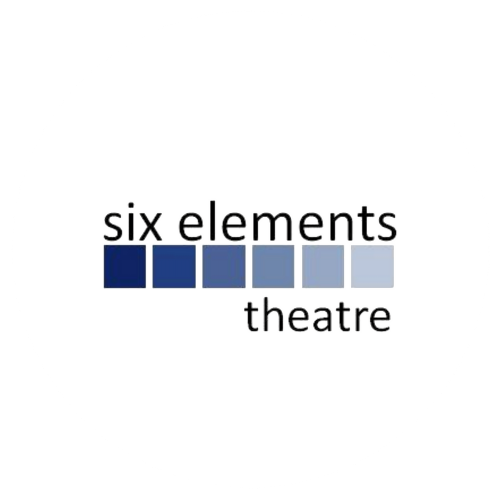During the devising process for the Hound of Chulainn, I had the opportunity to observe the ensemble as they created new music (basically out of thin air). While I love music and have played around with some composing of my own, I’ve never tried to create something with a dozen people. Guiding the group was the musical director, Johanna Gorman-Baer. During previous devising days, she had been teaching the ensemble traditional songs to foster a sense of what music from the time period and region would sound like, so that when the ensemble reached this point, they would have a foundation upon which to build new pieces.
“What does he sound like? Is he a note or a percussive element?”
I’ll admit to being somewhat surprised that the first step of this work was talking about the base elements, emotions and impressions that they wanted to convey. While this made perfect sense, it still shocked me that I’d never considered how integral this would be. Johanna picked the scene that they would be focusing on, and then the ensemble started discussing the underlying feeling of the scene as a whole. After deciding on that, one person started with a note and a tone and then others joined in to build upon it. After a few moments, they paused to discuss whether that felt right and what might need to be added, removed, or changed to get to an accurate depiction. As the ensemble talked, it was sometimes in named emotions, sometimes in a sense of environment, and sometimes in other musical notes and phrases that conveyed thoughts or feelings that were easier to articulate without words.
“We don’t need to stick to the routine for the sake of routine”
After the base layer was down and agreed upon, the ensemble went to work adding other elements. Using questions such as “What does he sound like? Is he a note, or a percussive element?”, they forged on to make a human soundscape in a way that I’ve never experienced before. And, then, before I knew it, they were done. I was impressed by my ability to feel what they thought a scene should be through music before digging into what needed to be said and physically done to tell this story. I can only imagine that having that and creating it together made a big impact on creating the scene later in the process. They already had a common emotional blueprint to guide them.
I honestly have no idea whether that piece of music will make it into the final production of The Hound of Chulainn, but I’m glad that I got to observe the process and get a new perspective on ways to approach the rehearsal process. From time to time as a theatre artist, I’m reminded that the ways in which we have been taught to approach rehearsals are not set in stone, and I’m always glad for that reminder. Rehearsal doesn’t have to be tablework, blocking, scene work, tech. There is room for additional forms of work and communication – ways to create and foster something different than the status quo. We don’t need to stick to the routine for the sake of routine – we should always feel free to add, remove, and change the order of how we work if it will benefit the specific production we are working on.

